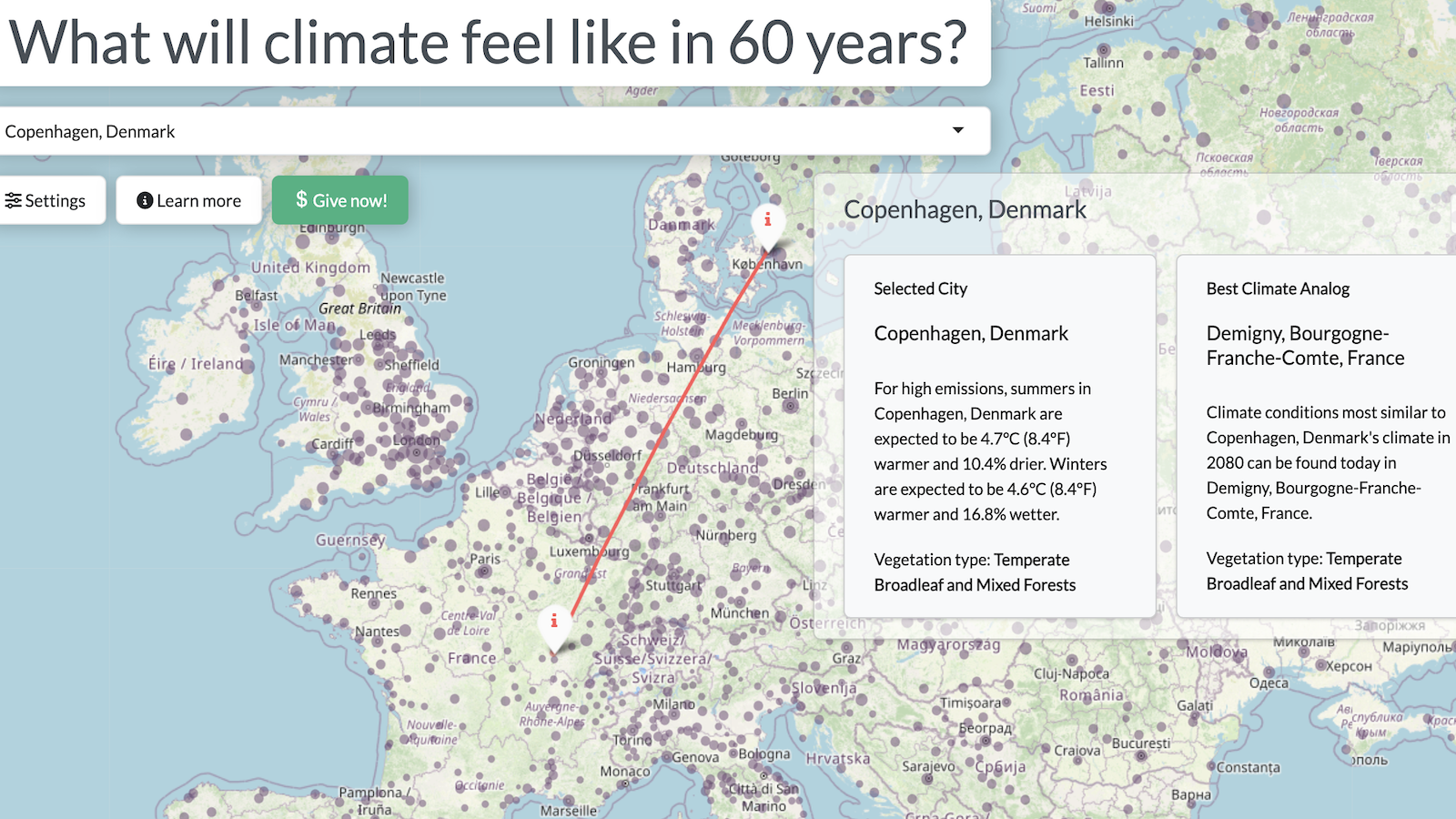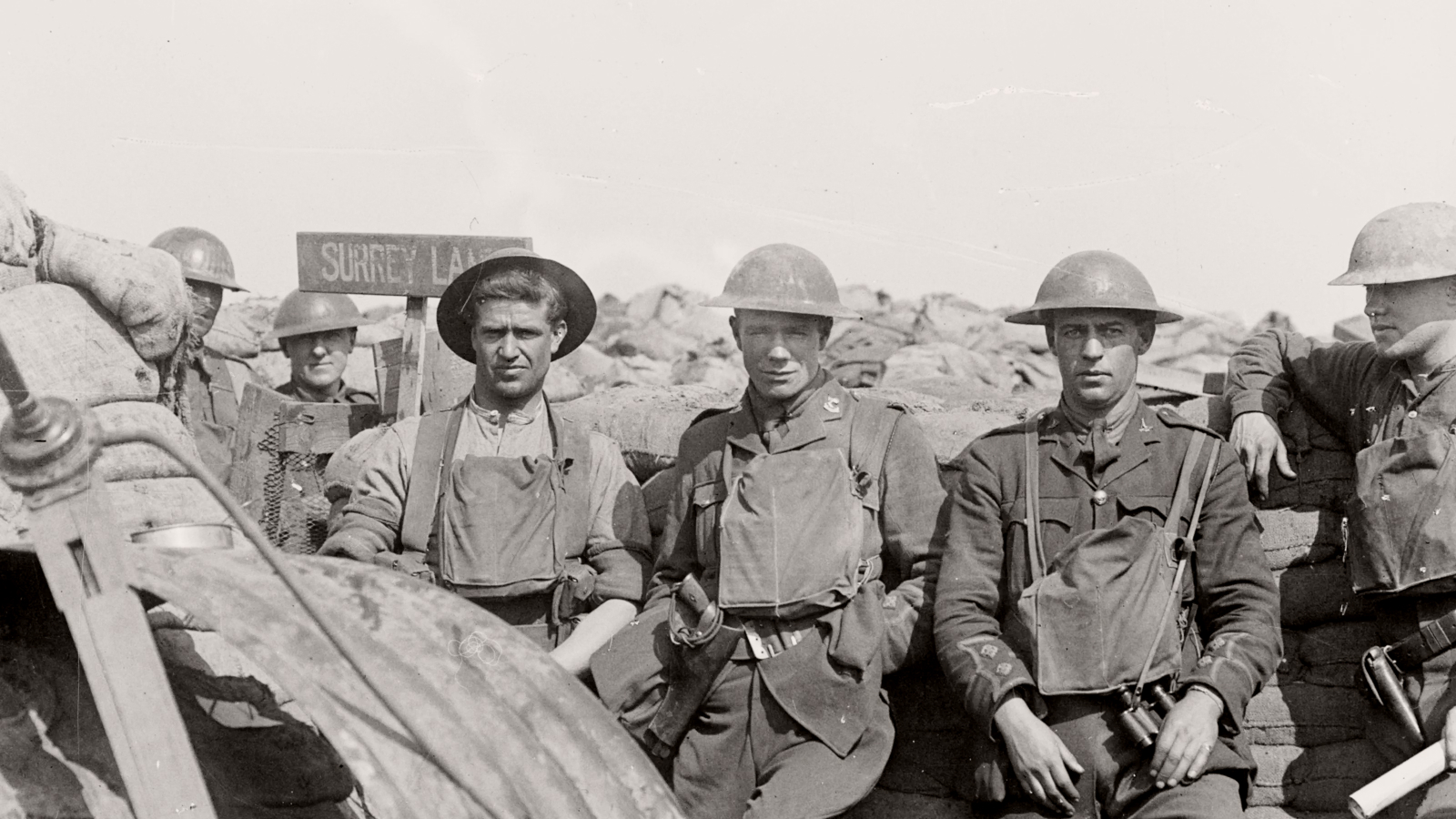Wind Goes Electric

From the chapter “Wind Goes Electric” in Renewable: The World-Changing Power of Alternative Energy
The modern age of wind power unofficially began on October 19, 1941 at 6:56pm. At that moment, with executives from the Central Vermont Public Service Corporation looking on, General Electric official William Bagley threw a switch that fed electricity generated by the Smith-Putnam turbine–a massive, two-hundred foot tall wind machine with stainless steel blades perched atop a Vermont mountaintop known as Grandpa’s Knob–into the local electrical grid. Although it was only a test (engineers allowed the turbine to spin for only an hour and a half), the energy executives and engineers knew that they’d made history. Their machine was the first megawatt turbine to perform the same basic function as a centralized power plant, albeit on a smaller scale. As the United States stood on the brink of war (Japan attacked Pearl Harbor just a few months later, on December 7; the U.S. officially entered the war the next day), they had the satisfaction of not only breaking new technological ground but also potentially contributing to the war effort. A series of wind-driven power plants scattered throughout hilly regions of the country would be less vulnerable to sabotage and attack from enemy agents and bombing raids.
Among the group gathered to witness the historic moment, no one was more excited by the turbine’s successful test run than the man who’d dreamed it into being: Palmer Cosslett Putnam, scion of the venerable G.P. Putnam’s Sons publishing company.
Though a capable leader of the family firm, by 1934 Palmer Cosslett had yet to really make his mark. Before entering the family business, he had worked as a consulting engineer and studied the volcanoes of Central America but had given up a career in science to run the publishing house after his father’s death. Putnam’s heart wasn’t in publishing, though, and after two years, financially secure yet at loose ends, he returned to his scientific roots. Soon after building a summer house on Cape Cod in the mid ‘30s, Putnam discovered a way to put his scientific interest to use. Alongside its many charms, Cape Cod had two persistently annoying detriments: constant winds and high electric bills. If there was some way to power his home other than by paying for the privilege of hooking up to the pricey regional grid, Putnam was willing to consider it. And that’s when it struck him: why not use the wind as a resource? But a few quick calculations revealed that the available wind machines, used mostly on farms and ranches to light a few bulbs and radios, wouldn’t cut it. Putnam’s summer house, stocked with every imaginable new-fangled electrical device, not to mention electric lighting in every room, was an energy drain. If wind was going to provide enough electricity to meet his needs, he was going to have to find a bigger, more powerful machine to do it. And so he though: if such a machine didn’t exist, why not build it himself? Better yet, why not design and build a wind machine with the capacity to power not only his home but also dozens, even hundreds of other homes at once?
Putnam wasn’t the first to conceive a grand plan for wind power, of course. Across the Atlantic, in Denmark, Poul la Cour, a Danish inventor and educator who came to be known as the “Danish Thomas Edison,” was quietly revolutionizing wind turbine blade design. As electricity began to transform modern life, drawing young Danes away from off-the-grid country towns and villages to electrified cities, la Cour, a champion of rural living, sought a way to bring electricity to the countryside. in the United States, after the First World War a handful of American inventors with innovative ideas for turbine and blade design began to revisit the long-dormant dream of putting the wind to work to make electricity.
But none had had a vision to rival Putnam’s, and by the end of the 1930s, after several years spent studying wind turbine designs, he had assembled a virtual all-star team of scientists and engineers, including MIT Dean of Engineering Vannevar Bush and head of the MIT Department of Civil Engineering John Wilbur; General Electric Vice President Thomas Knight; Beauchamp Smith, vice president of S. Morgan Smith Company (maker of pump and hydraulic turbines); and several others who played important roles in designing what would be the world’s largest and most powerful wind machine ever built. As project manager, Putnam oversaw the entire operation, gaining confidence by the day as the design came together. When World War II erupted in Europe in September of 1939 and the United States began gearing up to join the conflict, Putnam spurred his team to work faster, fearing (presciently, as it turned out) that parts and materials would become scarce when the country entered the war. At Putnam’s urging, his designers and structural engineers began cutting corners, foregoing lengthy tests and studies and instead forging ahead with constructing the turbine. Meanwhile, construction crews got to work building a 2.2-mile access road up the side of a Vermont mountain known locally as “Grandpa’s.” (The team re-christened it “Grandpa’s Knob” due to the peak’s smooth, round shape.)
Grandpa’s Knob was the perfect location: remote yet accessible, tall enough to catch a lot of wind but not so high as to bear the full brunt of Vermont’s brutal winter snow and ice. Construction began in the fall of 1940. Making their way slowly around the newly built access road’s many hairpin turns, trucks, trailers, and bulldozers hauled equipment and the turbine’s many parts up the mountainside. Often working in sub-zero conditions as fall turned to winter, construction crews braved gale force, 60-mile-per-hour winds as they laid the foundation, erected the turbine’s lattice tower structure, hoisted the generator and hub mechanism to the top of the tower and, finally, attached the blades.
By mid August, 1941, the turbine was complete. And it was a sight to behold. The two stainless steel, eight-ton blades–each 66 feet long–formed a diameter 175 feet across. At its tallest point, the apparatus spiked just more than 200 feet into the mountain air, well positioned to harness the region’s nearly constant winds. And, most importantly, the machine worked. Putnam was elated. The country was at war, and he’d done his part to provide an alternate source of electricity should conventional, more easily targeted power plants come under attack. The turbine kept spinning for the next 16 months, performing admirably in winds up to 70 miles per hour, until a main turbine-bearing shaft broke in 1943. Due to a wartime shortage of parts and manufacturing capacity, the turbine was shut down for two years until it was repaired and brought back online in early 1945 as a Central Vermont Public Service power station. After its long layoff, the turbine once again worked flawlessly, feeding electricity into the Vermont power grid for three weeks without incident. And then, suddenly, it all came apart. Literally. The engineering team’s pre-war corner-cutting finally caught up with them when cracks in the mechanism that connected the blades to the hub caused one of the massive blades to come loose while in motion. The blade flew 1000 feet through the air down the side of the mountain. Nobody was hurt, but the turbine was essentially totaled.
Putnam vowed to rebuild, but with materials still scarce and credit hard to come by, the plans came to nothing and the turbine was dismantled in 1946, leaving only the four concrete footings that anchored the tower. (They’re still there today, alongside a steel plaque commemorating Putnam and his team.) Putnam wrote and published a book about the project, Power From the Wind, for which Putnam’s friend and mentor, MIT engineer Vannevar Bush, wrote an introduction. “The great wind-turbine on a Vermont mountain proved that men could build a practical machine which would synchronously generate electricity in large quantities by means of wind-power,” Bush wrote. “It proved also that that the cost of electricity so produced is close to that of the more economical conventional methods. And hence it proved that at some future time homes may be illuminated and factories may be powered by these new means.”
Have we reached the moment Bush predicted? Is his “some future time” now? Based on pure percentages, it may seem premature to declare a new “golden age” of wind power; globally, the vast majority of electric power comes from coal and gas-fired plants. But relative to the state of wind power in the late ‘40s through the mid ‘70s, the tens of thousands of turbines generating power around the world on land and, increasingly, at sea–many of which dwarf Putnam’s pioneering machine and are capable of generating considerably more power–represent a stunning reversal of fortune for an industry that fifty years ago was virtually non-existent.
From RENEWABLE: The World-Changing Power of Alternative Energy by Jeremy Shere. Copyright © 2013 by Jeremy Shere and reprinted by permission of St. Martin’s Press.




